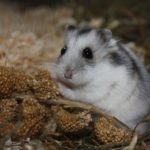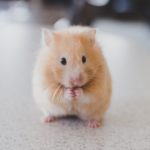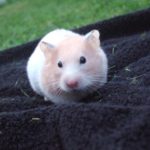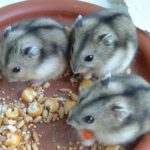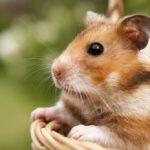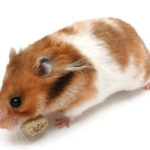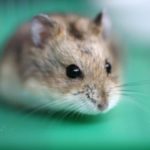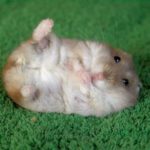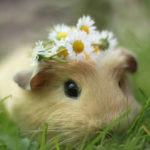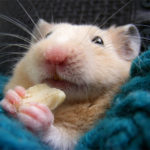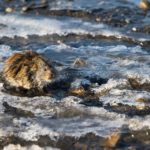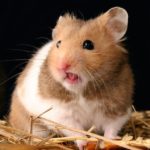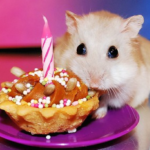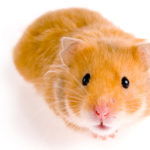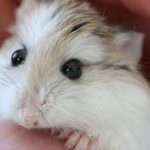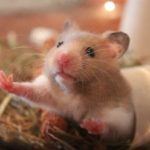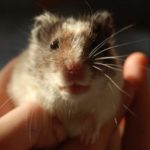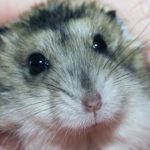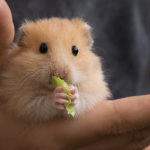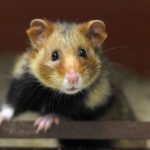Hamsters – information
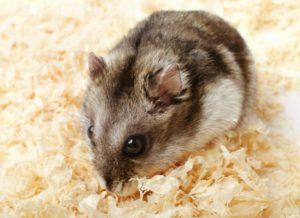 Hamsters are small animals from a detachment of rodents. The family of hamsters includes 19 species. The smallest hamsters have a body length of only 5 cm, and the largest – 34 cm, sometimes females are larger than males. Wool is dense, the color of different species can vary from grayish brown to dark brown, belly white, gray or black. The paws are short, the ears are small, rounded, and the tail is short. A characteristic feature of hamsters is the presence of bulk cheek pouches.
Hamsters are small animals from a detachment of rodents. The family of hamsters includes 19 species. The smallest hamsters have a body length of only 5 cm, and the largest – 34 cm, sometimes females are larger than males. Wool is dense, the color of different species can vary from grayish brown to dark brown, belly white, gray or black. The paws are short, the ears are small, rounded, and the tail is short. A characteristic feature of hamsters is the presence of bulk cheek pouches.
Hamsters are quite common. They can be found both in Europe and in Asia. Hamsters are found in Mongolia, Syria, Korea, China, Russia, as well as in Eastern and Central Europe. Hamsters usually settle in open spaces – in the steppes and forest-steppes, deserts and semi-deserts, and also in the mountains to a height of 3.6 km.
Hamsters are omnivores. They can eat food of both vegetable and animal origin, but prefer a vegetable menu. Hamsters willingly eat all kinds of grains and tubers. In the summer, their diet is varied by various larvae and insects.
Hamsters are active animals that live alone. They dig good holes with a lot of moves. As autumn approaches, hamsters begin to make winter supplies. They arrange special storerooms in burrows, where they store their reserves. Hamsters bring to the hole wheat, corn, peas, millet, buckwheat, rice, potatoes and other seeds and tubers. And all the seeds and tubers of the little beast are neatly sorted into groups. Grains and tubers hamsters hide in their cheek pouches and are transferred to a pantry. Sometimes they have to carry their burden for a distance of more than 1 km. Usually one hamster makes stocks weighing from 0.5 kg to 16 kg, but sometimes more.
These hamster grains and tubers are eaten in winter and spring, until new feeds grow. In winter, hamsters do not fall asleep, but may for some time run into a stupor. Hamster makes supplies for the winter. Hamsters know how to swim well. Bucket bags help in this. Small animals get air into these bags, and they help to keep on water, like an inflatable circle. Samochka brings young from 2 to 4 times a year. Cubs grow very quickly – after about 1-1.5 months they are already growing up. Hamsters live from 1 to 4 years.
